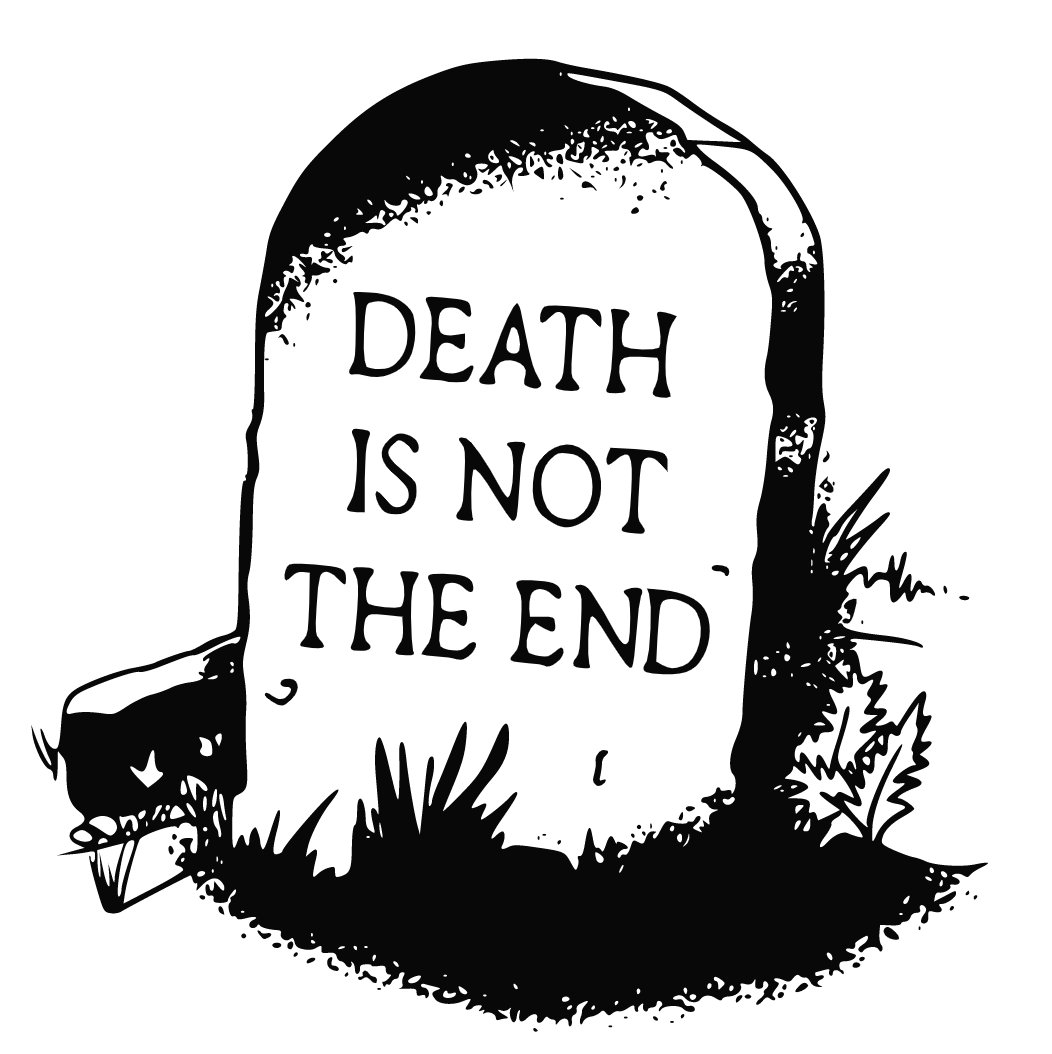Curator's Note

The term “pirate radio” denotes broadcasters that operate without an official government license, and they are, by definition, challenging to research. The panel “Pirate, Micro, Free, and Ephemeral” covered this persistent and resilient form of broadcasting.
David Goren’s ingenious Brooklyn Pirate Radio Sound Map literally maps the location of pirate transmitters in one borough, with audio samples included. Results can be filtered by time period, religion, or language. Brooklyn remains such a focal point for pirate radio due to its many ethnic enclaves. Radio is an effective way to reach these tightly-knit communities, as it is free and doesn’t require Wi-Fi access.
In her own talk on the UK, Larissa Kingston Mann (Temple University) stressed the same point. In post-war England, multi-story apartment buildings were inhabited by impoverished or immigrant populations. A pirate station devoted to a particular community could survive by targeting a handful of buildings. Middle-class residents, by contrast, live in geographically dispersed single-family dwellings.
Luke Owen, who runs the music label Death is Not the End, discussed his own archival project – a two-part compilation of London Pirate Radio Adverts, 1984-1993. According to Owen, many recordings from this era do exist, though the homemade cassettes typically omit the commercials that ran in between songs. Decades later, it is precisely that ephemeral material that stands out. The commercials offer a glimpse into youth culture from the past, plus a range of accents not typically heard on professional media outlets. Anyone who appreciates unusual forms of media (a category that likely includes anyone reading this post) will appreciate Owen’s curatorial effort.
If the ultimate (if impossible to achieve) goal of the RPTF is to preserve as much radio content as possible for future study, these pirate stations unquestionably deserve a seat at the table; Documenting the undocumented may be a challenge, but our perception of this medium is flawed without its inclusion.
Add new comment